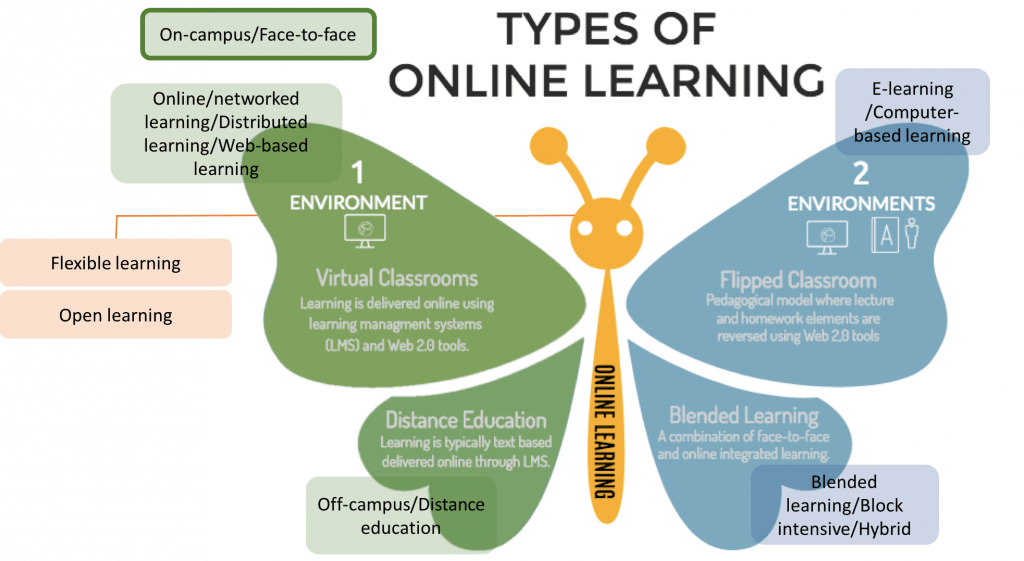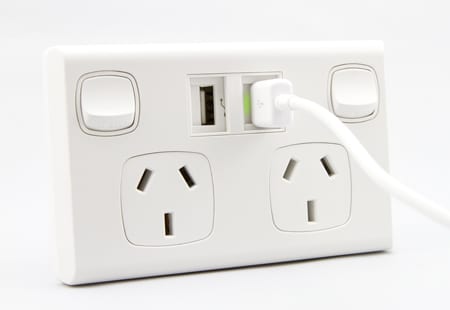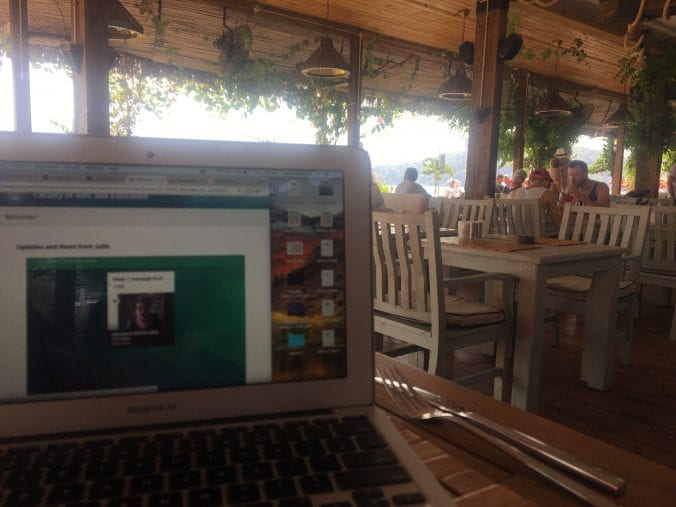On-campus, face-to-face, off-campus, open education, distance education, external study, online education, e-Learning, flexible learning, blended learning and hybrid (Todhunter, 2013) are all different terms used to describe the process of learning with digital tools.
Unless you are deep into the field and dedicated to sorting through the jargon, an everyday teacher with the intention of enhancing their practice would be feeling completely out of their depth as they try to make sense of these widely used terms.
Todhunter (2013) tackles this issue head on, as he explorers a proposal to use the term “online learning” to market off-campus learning at his university. The proposal also encouraged the rebranding of the university as an “online university.” Concerns were raised in regards to the university promising a style of learning that was not aligned with student expectations. It may sound ironic but although I am studying via online learning about the practices of online learning, I actually couldn’t give you a solid definition of what it actually is. I think this is because I know that they way in which I experience online learning is very different to others students from different courses and institutions.
I will not be attempting to provide a definition of online learning in this post, rather I want to contribute to the discussion about the typology of online learning terminology. Very selfishly, to help understand the terms discussed in Todhunter (2013), I have created the visual representation below. This butterfly model, which I first created in an assessment in INF530 has been adapted to include the terms discussed. in the article.
I have found, the best way to represent these different ways of learning is to categorise them into either having one or two learning environments. The real difficulty for me was placing flexible and online learning into my schema. These has led me to either two conclusions, first that my butterfly model is not working and needs to be expanded or the concepts of flexible and online learning don’t belong in the model.
Flexible learning what is it?




